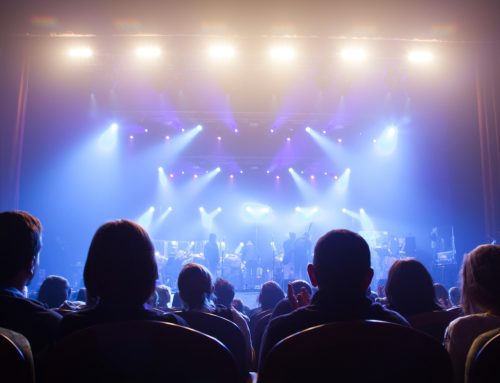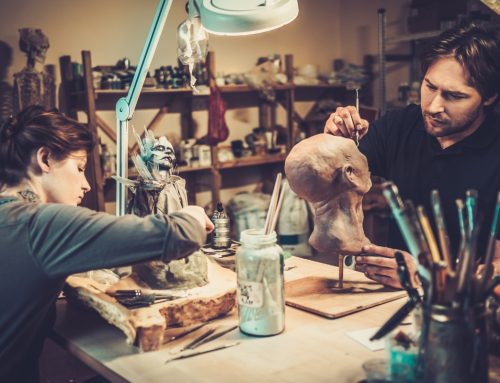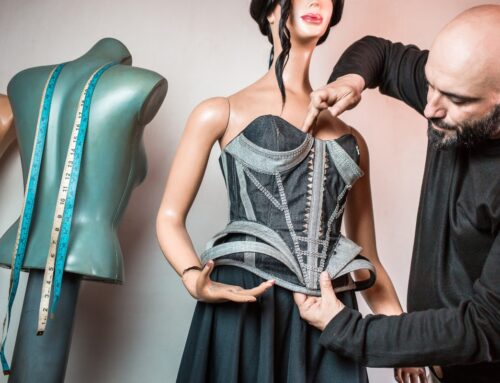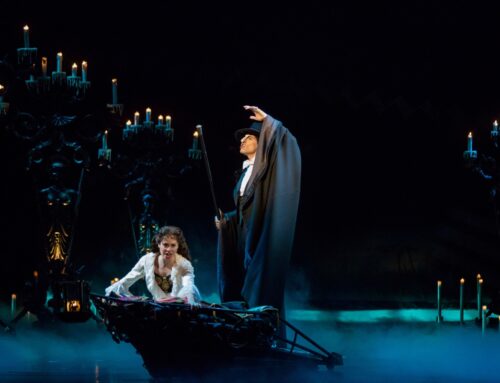Costumes are one of the most captivating aspects of theatre. Poor costuming can quickly ruin a brilliant performance and distract from the narrative, so it’s very important to spend the time and energy getting them just right.
There are lots of things to bear in mind when you’re planning and creating theatrical costumes, and we’re going to go through a few of the most important here.
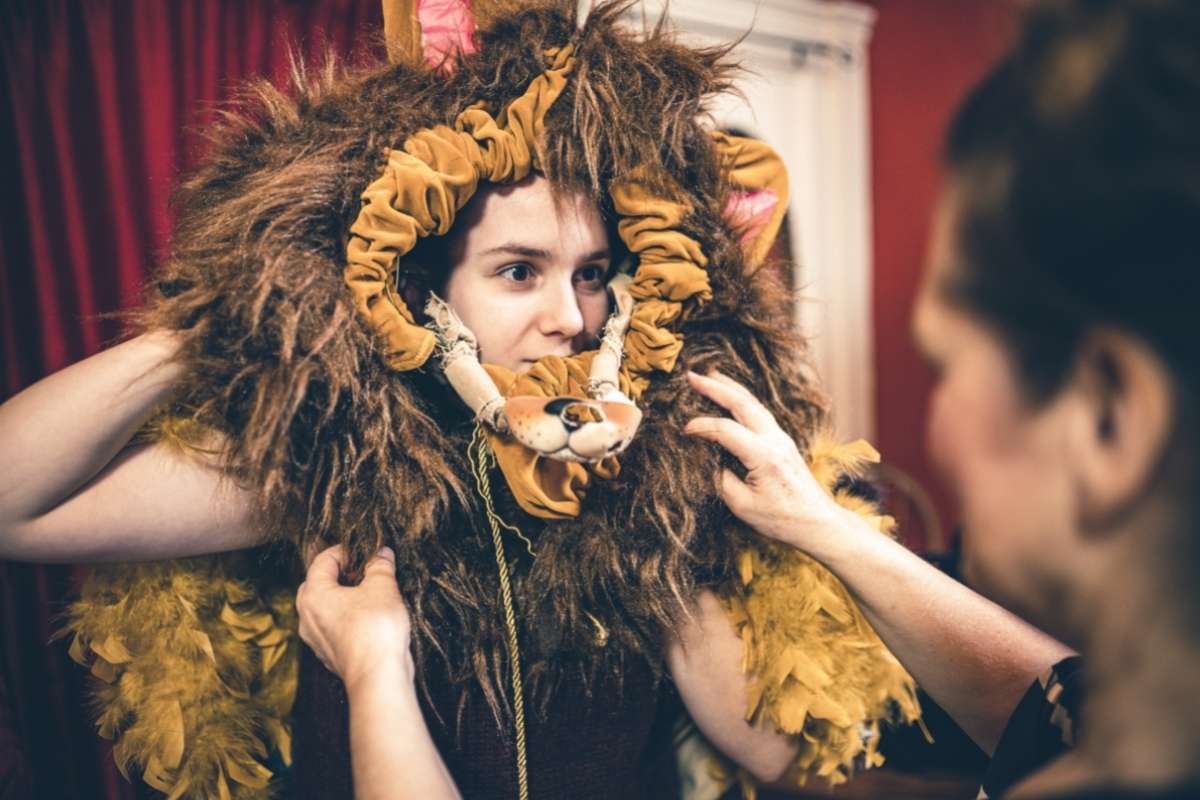
Story
The first thing you will want to consider when planning theatrical costumes is how they will fit into and help to tell your story.
The setting, time period and genre are all good places to start exploring at this stage.
If your narrative is set in a specific historical period you’ll need to research the fashions of that period, if it’s a fictional setting you need to create a consistent style that will identify your fictional universe.
The setting of your story will also help you to narrow down some of your research – is it set in a specific country? Is it hot or cold? Does your story take place in a city, the countryside, a desert or the high seas? Answering these questions will guide you towards the types of clothes your character should be wearing.
When considering the genre, it’s worth researching what can work as a shorthand for the tone you’re aiming for – for a detective story you might want to look at a trenchcoated silhouette, while you might gravitate towards soft, floaty materials for something romantic.
Breaking these rules can also be fun – a murderous villain in a floaty lilac dress might be perfect for your story, but you’ll need to know the costuming conventions for narratives similar to yours before you can subvert them.
Character
Now that you know what your characters have to wear because of the circumstances of your story, you can start thinking about crafting wardrobes for individual characters within that.
You can do a lot of characterisation through clothes, even if your cast are wearing relatively similar things. Changing the colours of outfits to reflect their personality or changing the way two characters wear the same clothes such as a uniform can be instrumental in showing their individuality.
Visibility
It’s important to remember when your designing theatrical costumes that your audience is going to be quite far away from your performers. You, therefore, need your costumes to communicate from a distance.
You now need to exaggerate the ideas that you’ve come up with earlier to make them visible to the audience.
One of the easiest ways to do this is with your colour palette. Contrasting colours worn by opposing characters, or consistent colours to identify all of one group, such as a family, can help audiences quickly understand the relationships between characters.
Performers
The most important part of any costume is always the performer wearing it. You could have designed the most beautiful, bold, and exciting costume imaginable, and it will mean nothing unless the actor wearing it is able to perform their part comfortably and convincingly.
Make sure to consider the comfort of your performer at every stage when creating your theatrical costumes. If their role is energetic or requires any unusual activity make sure that they are able to safely do this in the costume that you provide.
Key things to consider here are the warmth and breathability of fabrics, and restriction on the actor’s movement, and the weight of the costume.
Perhaps most important is that it is well made and can stand up to repeated outings on-stage – wardrobe malfunctions are not only disastrous for a performance, but they’re also potentially very embarrassing for your actors.

